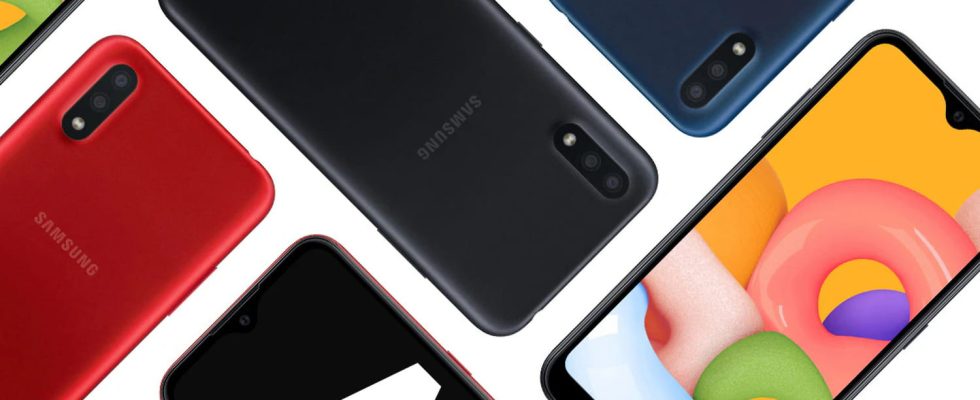Be careful if you own a Samsung smartphone: certain models will no longer receive any updates from the manufacturer, whether for Android or for security. Suffice it to say that they will soon be obsolete.
When purchasing an Android smartphone, many criteria attract our attention: design, screen, photo, autonomy, performance, storage, price… But one crucial element is often neglected: the manufacturer’s update policy . This impacts the lifespan of the mobile by ensuring two types of updates: major updates of the operating system – which bring new functions as well as modifications to the interface – and updates. security update – which aim to correct flaws in the smartphone in order to protect it against viruses and other malware. Once this period has passed, the system remains frozen in one version, which reduces the lifespan of the phone: certain applications become incompatible and security vulnerabilities are no longer corrected, thus exposing the device to risks. Therefore, the longer and more responsive the update tracking, the more secure the phone will remain against possible cyber threats. However, it is important to note that these updates depend on the policy of each manufacturer, not Google. And this policy can vary considerably from one manufacturer to another.
In addition to being the largest seller of smartphones, Samsung is also one of the best manufacturers in this regard, just after Google and Apple. At the start of 2021, the Korean manufacturer announced that its Galaxy devices (Z, S and Tab) – including foldable and mid-range phones – released since 2019 would be entitled to four years of Android updates and five years of Android updates. safety day. As for other mobiles, they benefit from three years of Android and security updates, which is better than what most of its competitors offer. But the Korean giant is not resting on its laurels and is striving to improve its policy. He thus promised no less than seven years of updates on his three Galaxy S24s.
Security updates occur monthly for new mid-range models as well as flagship devices in the Galaxy S and Galaxy Note series, such as the Galaxy S23, Note 20 or Galaxy Z Fold 3; every three months for older devices like the Galaxy S10 Lite, M23 5G models, and Galaxy A32; and even more rarely for older devices, like the Galaxy A11 and Galaxy M21.
The fact remains that, every year, new smartphones are “abandoned” by Samsung. This is the case for the Galaxy Z Fold, Galaxy Note 10, Galaxy A20s, Galaxy A30s, Galaxy A50s and Galaxy A70s. The manufacturer has just updated its list, adding the Galaxy Tab S6 tablet, the Galaxy A01 and the popular Galaxy A51 – which found many buyers in 2020 thanks to its excellent value for money and solid features. Don’t expect any more updates from now on! Note that, as part of a further step in reducing support, Samsung has reduced the update interval for the Galaxy A03 and Galaxy Tab A8 from quarterly to semi-annual – a clear sign that these devices are in the hot seat.
You can find the full list of still supported Samsung devices at this page. If yours is not there, it will no longer benefit from any updates. It is essential that you are aware of the risks of using a device that is no longer tracked. However, it is possible that if a serious security flaw is detected, Samsung may decide to update even if the smartphones are no longer supported.
